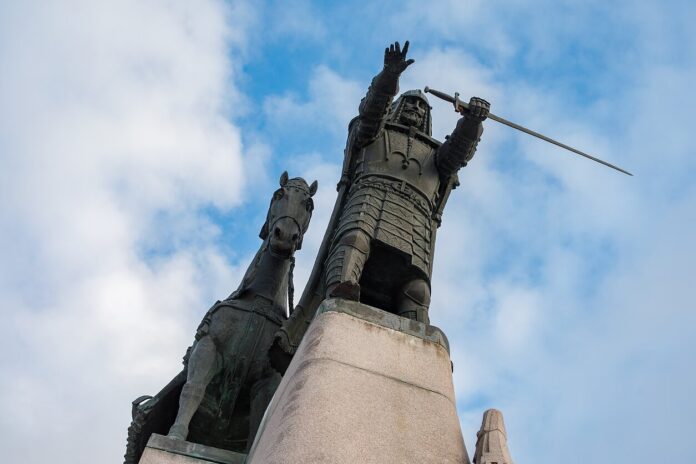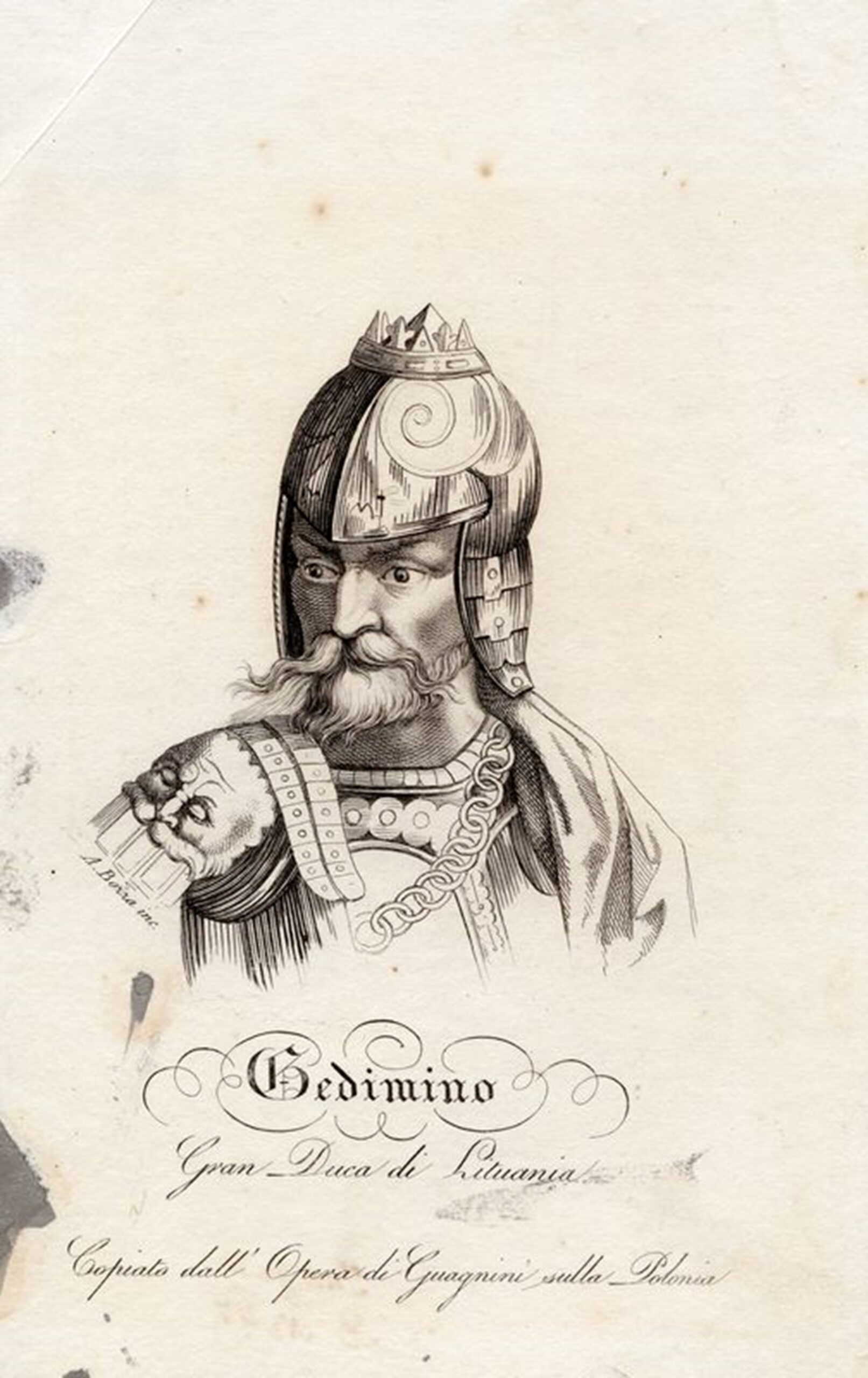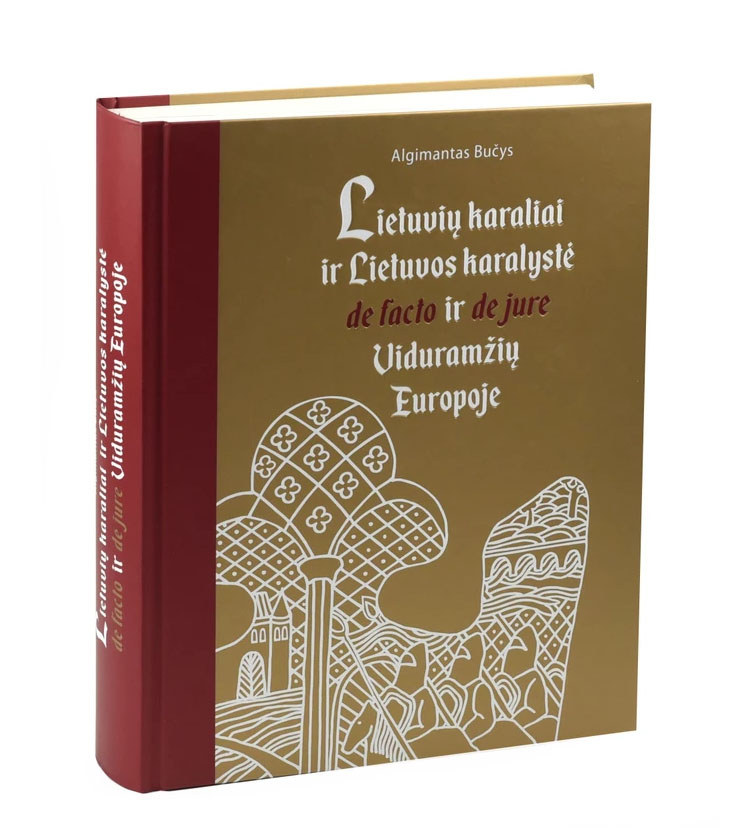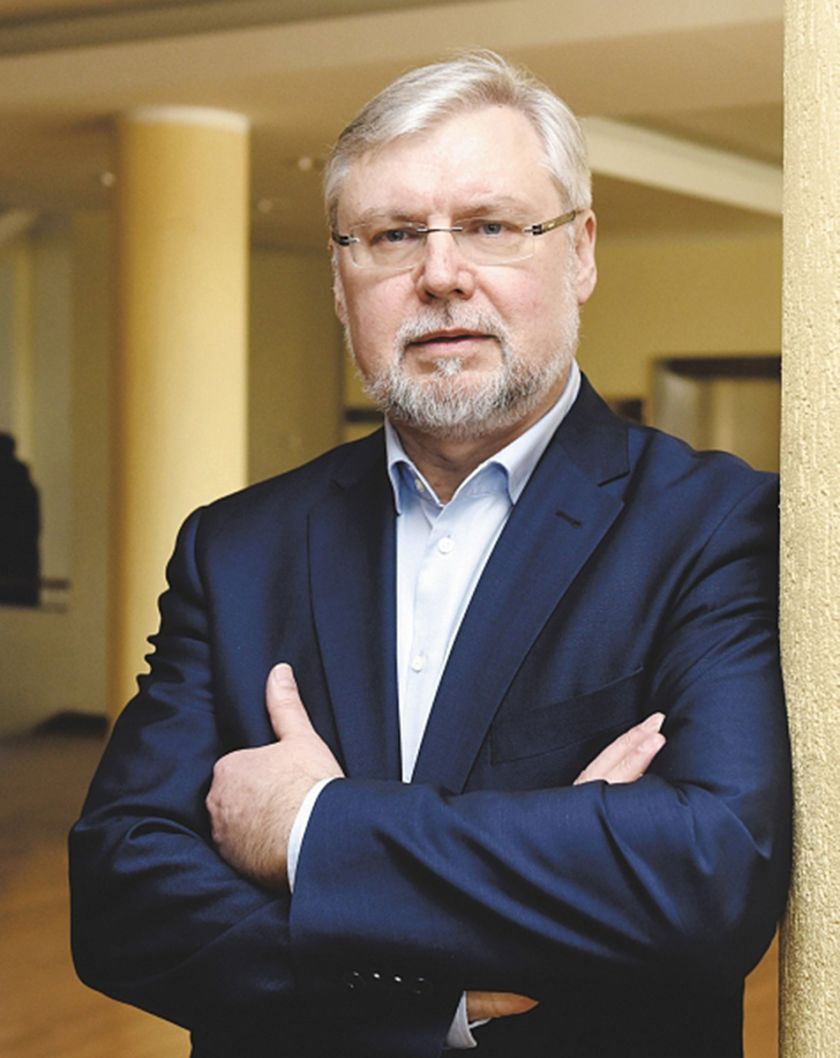
On the occasion the 700th anniversary of Lithuania’s capital, Professor Juozas Skirius of Vytautas Magnus University recently wrote an article about the founder of Vilnius, Grand Duke Gediminas. Were he and other rulers of Lithuania after him only grand dukes? Did Lithuania have more kings?

These questions are not new, says Prof. Skirius. There is no argument regarding the title of King Mindaugas, yet other rulers are still a subject of debate by historians. In his book on Lithuania’s kings and kingdom (Lietuvių karaliai ir Lietuvos karalystė de facto ir de jure Viduramžių Europoje), Dr. Algimantas Bučys analyzes the titles of Lithuanian rulers up to the early 15th century. His conclusions undermine the myth of Mindaugas as the only king of Lithuania. He writes that St. Bruno of Querfurt baptized the Lithuanian king Netimeras in the year 1009. Many Lithuanian historians in the US also confirm that Lithuania was ruled by kings until the early 15th century. Despite their opinions, the “traditional” point of view as presented in textbooks is that they were grand dukes. One historian explains that this is because early researchers were deeply influenced by Polish historiography.
In the 13th and 14th centuries, up until the rule of Vytautas, some historians contend that there are no written records (except for Slavic annals) that attest to the existence of the Grand Duchy of Lithuania. All documentation of the time, for example Mindaugas’ and Gediminas’ letters, their treaties, the Pope’s letters, as well as the chronicles of the Livonian Order and Peter of Dusburg, speaks of Lithuania’s kings and kingdom (Rex in Latin, Kunig in German). Only Jogaila, who married Princess Jadvyga, changed the title of King of Lithuania to King of Poland and Grand Duke of Lithuania. This was the first mention of that title.
Then why do historians continue to call the rulers Grand Dukes? There is the view that only Christian rulers blessed by the Pope had the right to call themselves kings. This tradition goes back to the 8th century. However, this argument does not stand to reason, because it is contradicted by the papal documents themselves, where Lithuanian rulers were called kings, and Lithuania – a kingdom.
Even the chronicler Peter of Dusburg mentions Lithuania as a kingdom many times and calls Vytenis and Gedminas kings. He writes about the intention of Pope John XXII to baptize Gediminas in 1324. The chronicler also speaks of the Lithuanian King Pukuveras, whose son was Vytenis, as well as Treniotas. The Crusaders, the Pope and other officials had no reason to baselessly ascribe kingship to Lithuanian rulers, yet they titled them as kings. And no Lithuanian ruler until Vytautas Magnus was subject to any other monarchs.
According to Prof. Zigmas Zinkevičius, one of the leading contemporary Lithuanian historians, there are two categories of kings. The first have no suzerain or ruler above them, are independent, rule as kings and are titled as such by other rulers, even Popes. The second category includes anointed kings, such as Mindaugas, who accepted Christianity in 1251 and was crowed in 1253.
So where did the titles of duke and grand duke come from and why did they remain in usage? It is important to note that there is no clear evidence as to how Lithuanians themselves referred to their rulers. It could be that the words kunigas, vadas, valdovas, viešpats, (priest, leader, ruler, lord) were so translated from the word Hospodar used in official Slavic documentation.

The second reason may be that in the early 14th century, Lithuania annexed Slavic-Ruthenian territory, which had until then been ruled by the khans of the Mongol-Tartar Golden Horde. In Slavic territories, rulers were called kniaz (dukes) and the Slavs thus used titles understandable to them to refer to their new Lithuanian rulers. Russian historians may have therefore influenced the use of those titles in other historical writings.
According to Prof. Skirius, Polish politicians and historians had the greatest influence on the usage of Lithuanian rulers’ titles. He cites examples of books and documents supporting the fact that, beginning in the late 15th century, a concerted effort was made to present Poland’s supremacy as a kingdom, and convince the world that Lithuania had merely been a grand duchy. This policy was perpetuated in multiple written sources. One example – in his book on royal seals, Polish historian Marian Gumowski actually translated the word “king” in every seal used by rulers of Lithuania as “grand duke”.

Although the king of Lithuania was Jogaila, he lived in Poland, and Grand Duke Vytautas was his representative and actual king. In Vilnius Cathedral, the sculpture of Vytautas in St. Casimir’s chapel portrays him wearing a king’s crown, similar to Jogaila’s, meaning that they were both considered kings. US historian Stephen Turnbull was the first to notice this in his book Tannenberg 1410, Disaster for the Teutonic Knights.
A certain amount of progress is being made to correct history by those who now refer to Lithuania’s “rulers” (valdovai) rather than “grand dukes”. History textbooks in schools are being updated, and hopefully will reflect these proven facts more precisely.





























